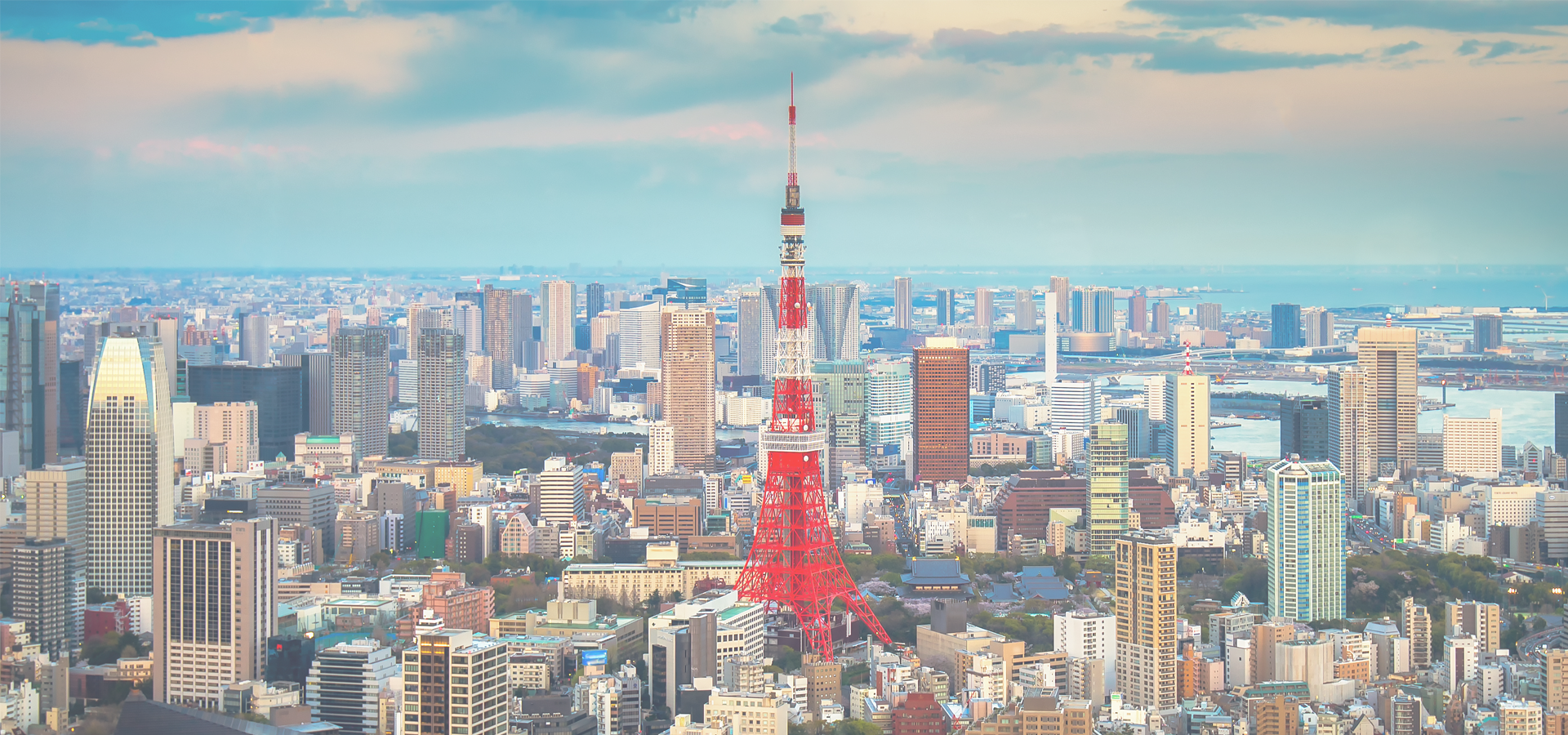Akō, Hyōgo Prefecture, Kansai Region, Japan
🇯🇵 Akō (赤穂市) is a city located in south-western Hyōgo Prefecture, Japan. The city was officially founded on in 1951. The city faces the Inland Sea and salt production was its main industry during the feudal period. Other industries are fishery, and tourism thanks to a famous act of vengeance by the forty-seven rōnin in 1703, featured in the Chūshingura.
Geography Akō is located in far south-western Hyōgo Prefecture. The city is on the border of the Hyōgo and Okayama prefectures, which also divides the Kinki and Chūgoku areas. On each side of the border, ancient Harima and Bizen provinces, which are now Akō and Bizen cities, respectively (except for the former village of Fukukawa, now part of Akō but formerly belonging to Bizen Province), have cultivated their own cultures. Therefore, even at the present days, dialects are vastly different on the sides of the border. A traveller from west to east on the JR San'yō Main Line will notice that the dialect of passengers suddenly changes between Kamigori station in Hyogo prefecture and Mitsuishi station in Okayama prefecture. In Akō, people speak a type of the Kansai dialect whose intonation is however of the Tokyo type. The superset of the dialect spoken in Akō, called Banshū-ben, is known as one of the harshest-sounding dialects. The Chikusa River flows through the centre of the city, providing the moat of Akō Castle with water through a branch, Kariya River. The central part of the city around the castle has been built on the alluvial plain of Chikusa River. Parts of the city are within the borders of the Setonaikai National Park.
Neighboring Municipalities Hyōgo Prefecture • Aioi • Kamigōri; Okayama Prefecture • Bizen.
History Akō was part of ancient Harima province, and has been settled since at least the Jomon period, with numerous remains from the Yayoi period and Kofun period found within city limits. During the Edo period, Akō was a capital of Akō Domain, which was noted for its salt production. The town Akō was created with the establishment of the modern municipalities system on April 1, 1889. It was raised to city status on September 1, 1951.
Government Akō has a mayor-council form of government with a directly elected mayor and a unicameral city council of 18 members. Akō contributes one member to the Hyogo Prefectural Assembly. In terms of national politics, the city is part of Hyōgo 12th district of the lower house of the Diet of Japan.
Economy Akō has traditionally been famous for salt production was its main industry during the feudal period. Other industries are light manufacturing, commercial fishing, agriculture and tourism thanks to the story of the forty-seven rōnin, as featured in the Chūshingura.
Education Akō has ten public elementary schools and five public middle schools operated by the city government and one public high schools operated by the Hyōgo Prefectural Department of Education. The prefecture also operates a special education school for the handicapped. The Kansai University of Social Welfare was founded in 1997 is also located in Akō.
Transport: Rail JR West – San'yō Main Line • Une; JR West – Akō Line • Sakoshi - Banshū-Akō - Tenwa -Bizen-Fukukawa.
Transport: Road • San'yō Expressway • National Route 2 • National Route 250 • National Route 373.
Local attractions • Akō Castle, National Historic Site • Akō Kaihin Koen (赤穂海浜公園) located on the east bank of the Chikusa river at its junction with Setonaikai is a complex of a facility which offers an experience of old-style salt production, camping sites, tennis courts, play grounds, ponds where rental boats are available, and a small zoo.
Museums • Akō Tabuchi Memorial Museum of Art (赤穂市立 田淵記念館) has on display a remarkable "Cha no yu (茶の湯)" exhibit. • Akō City Museum of History (赤穂市立歴史博物館) built at the site of former rice granary collects, investigates, and exhibits historical materials related to the city of Akō, especially through the forty-seven rōnin and salt production.
Local specialties • Shiomi Manjū is a Japanese sweet. The outside shell is a little salty while the inside made of azuki paste is very sweet. It goes very well with (strong/bitter) green tea or coffee
Festivals • Akō Gishisai, held annually on December 14, in honor of Asano Naganori, the master of the forty-seven rōnin and the events of the Chushingura. On the day of the festival, all the elementary and middle schools in the city are off, and the students and pupils are encouraged to participate in one of the sports and art competitions including those in kendo, judo, and shodō, or one of the parades, including the one re-enacting the victory of the forty-seven rōnin and another one exhibiting the cultural features of the Edo period, such as sankin-kotai.
Tokyo Time

Akō has a population of over 48,788 people. Akō also forms part of the wider Hyōgo Prefecture which has a population of over 5,469,762 people. Akō is situated 23 km south-west of Tatsuno.
Twin Towns, Sister Cities Akō has links with:
🇦🇺 Rockingham, Australia🇺🇸 Muscle Shoals 34.75
🇺🇸 Jacksonville 34.756
🇷🇺 Khabarovsk 135.074
Locations Near: Akō 134.383,34.75
🇯🇵 Tatsuno 134.533,34.85 d: 17.6
🇯🇵 Himeji 134.7,34.829 d: 30.3
🇯🇵 Kakogawa 134.839,34.766 d: 41.7
🇯🇵 Okayama 133.916,34.651 d: 44.1
🇯🇵 Tsuyama 134.007,35.062 d: 48.8
🇯🇵 Takamatsu 134.05,34.35 d: 53.9
🇯🇵 Tamano 133.933,34.483 d: 50.7
🇯🇵 Awaji 134.845,34.364 d: 60.2
Antipodal to: Akō -45.617,-34.75
🇧🇷 Rio Grande -52.099,-32.041 d: 19342.4
🇧🇷 Tubarão -49,-28.467 d: 19246.6
🇧🇷 Viamão -51.023,-30.088 d: 19290
🇧🇷 Criciúma -49.372,-28.678 d: 19252.4
🇧🇷 Gravataí -50.983,-29.933 d: 19279.8
🇧🇷 Alvorada -51.079,-30.001 d: 19279.2
🇧🇷 Cachoeirinha -51.083,-29.95 d: 19274.7
🇧🇷 Porto Alegre -51.229,-30.028 d: 19271.5